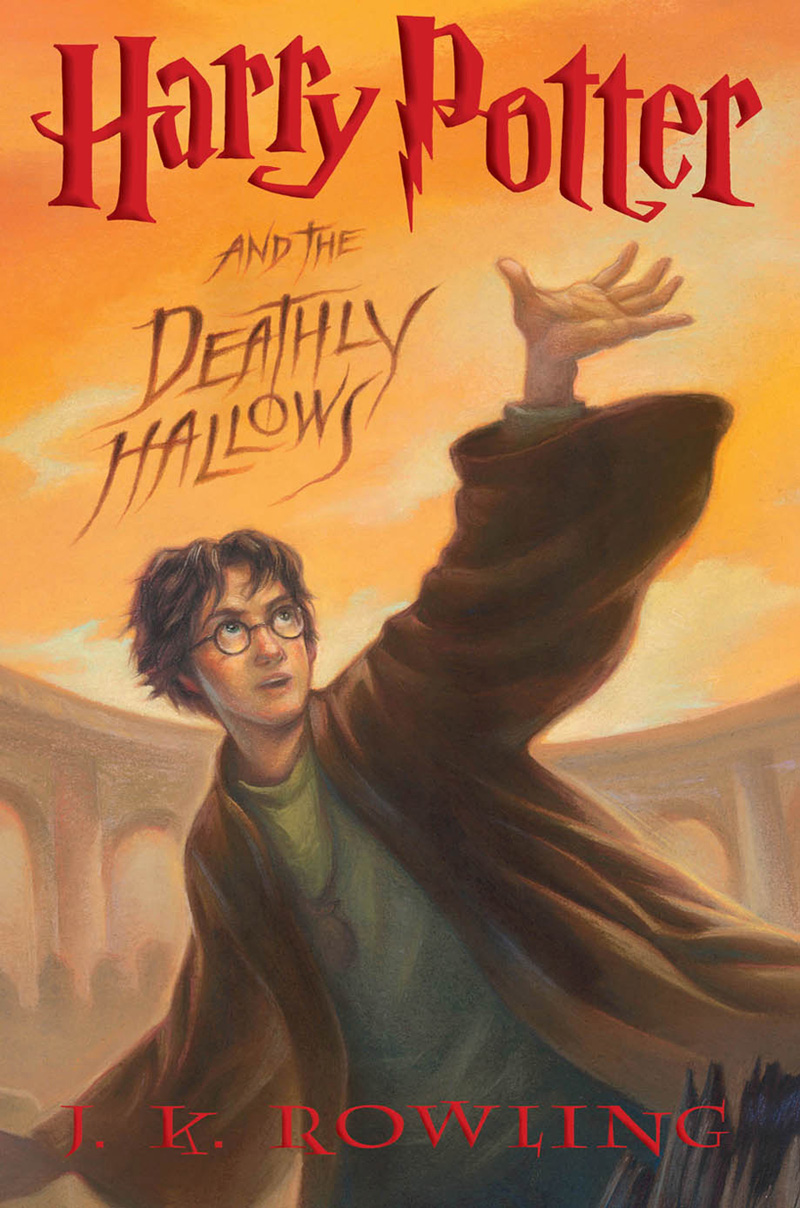I am interested in what Aeneas Snell represents, for he seems to be present whenever bad things happen. I’m not sure I want to call him a scapegoat, because the princes whom he befriends don’t have the omniscient viewpoint of the tale’s narrator, and probably aren’t aware that his presence has anything to do with the “catastrophes and dramas” that occur when he’s around. He is more like an embodiment of the darkness within man, the final push a man needs in order to plunge his sword into another. Considering what was going on in
I watched many ridiculously bad horror TV shows as a child. I remember one episode whose plot probably dates back to some ancient folk tale, but was made pretty ridiculous by the show’s poor production values. In the episode, a little girl gets a teddy bear for her birthday and it starts telling her to do things. The little girl starts misbehaving, and her excuse is, “Teddy made me do it.” Eventually she kills or tries to kill her parents and ends up in a mental hospital because she always maintains “Teddy made me do it.” In the end, the bear is given to charity or something, so you know he will strike again. The show actually portrayed the bear as evil and coercing the girl to do things. A more psychologically subtle portrayal would have left it up to the viewer to decide whether the bear actually told her to do things or not.
It is such a fundamental part of the human psyche that when we don’t like something we’ve done, we need to separate out a force or a being to blame it on, because we want to maintain the fact that we are good people and the notion that both good and bad exist within man is a hard thing for many people to swallow. This is part of why I think Snell’s tale is “consolatory” in nature—he is illustrating to Charlie through the tale of the “true” prince who perceives that all is good and the “false” prince who perceives that all is suffering, that both things can exist within the same “state,” whether that state be a principality or a human psyche. The tale is supposed to be consoling to Charlie’s own bruised ego and psyche, which are in a constant state of both joy and suffering due to Charlie’s artistic pursuits. They have also been injured by Charlie’s recent divorce, and though the narrator doesn’t say it, the reader can infer that Charlie is wrestling with questions of blame and identity as a result of the divorce. I also think that part of the “consolatory” nature of the tale is that it is a consolation prize for Charlie upon his wife leaving him.













No comments:
Post a Comment